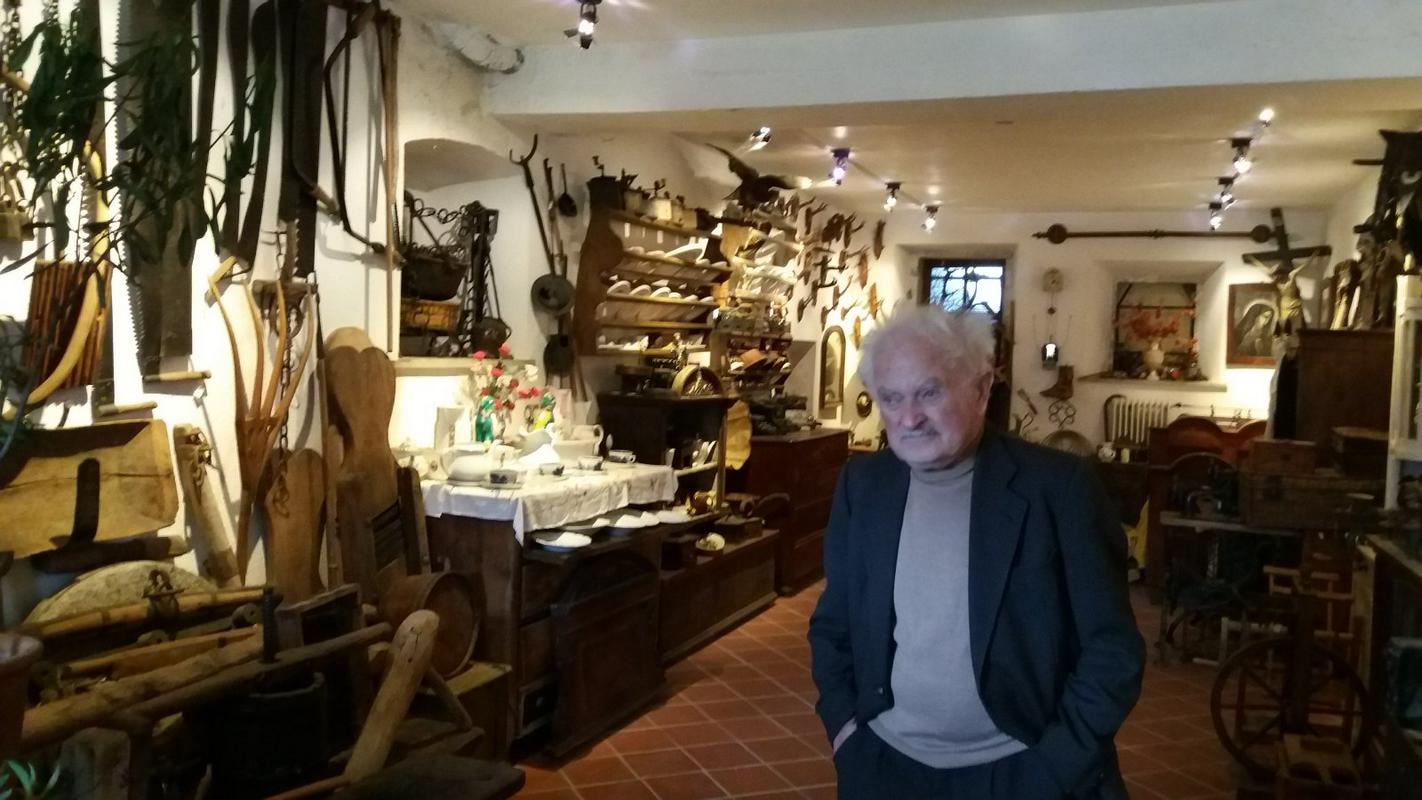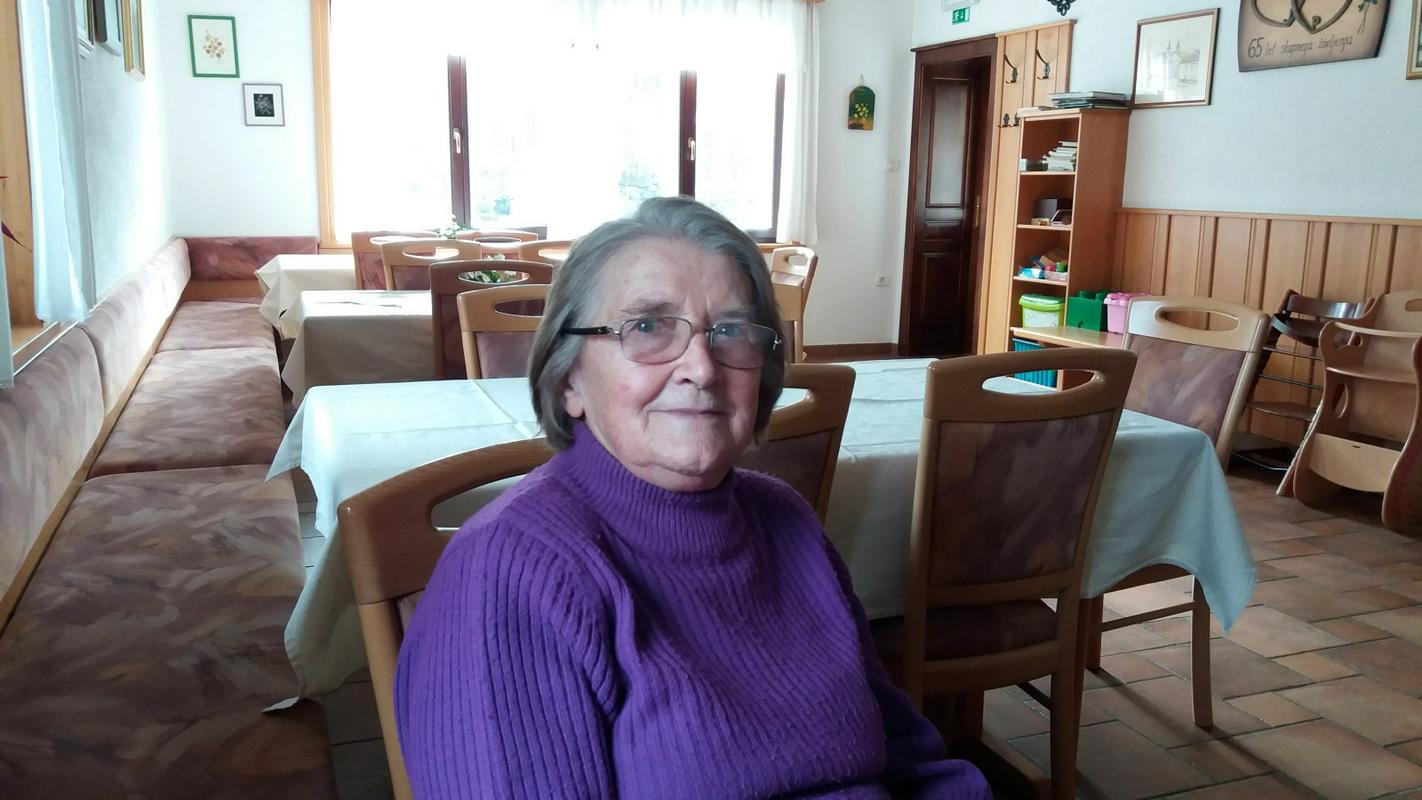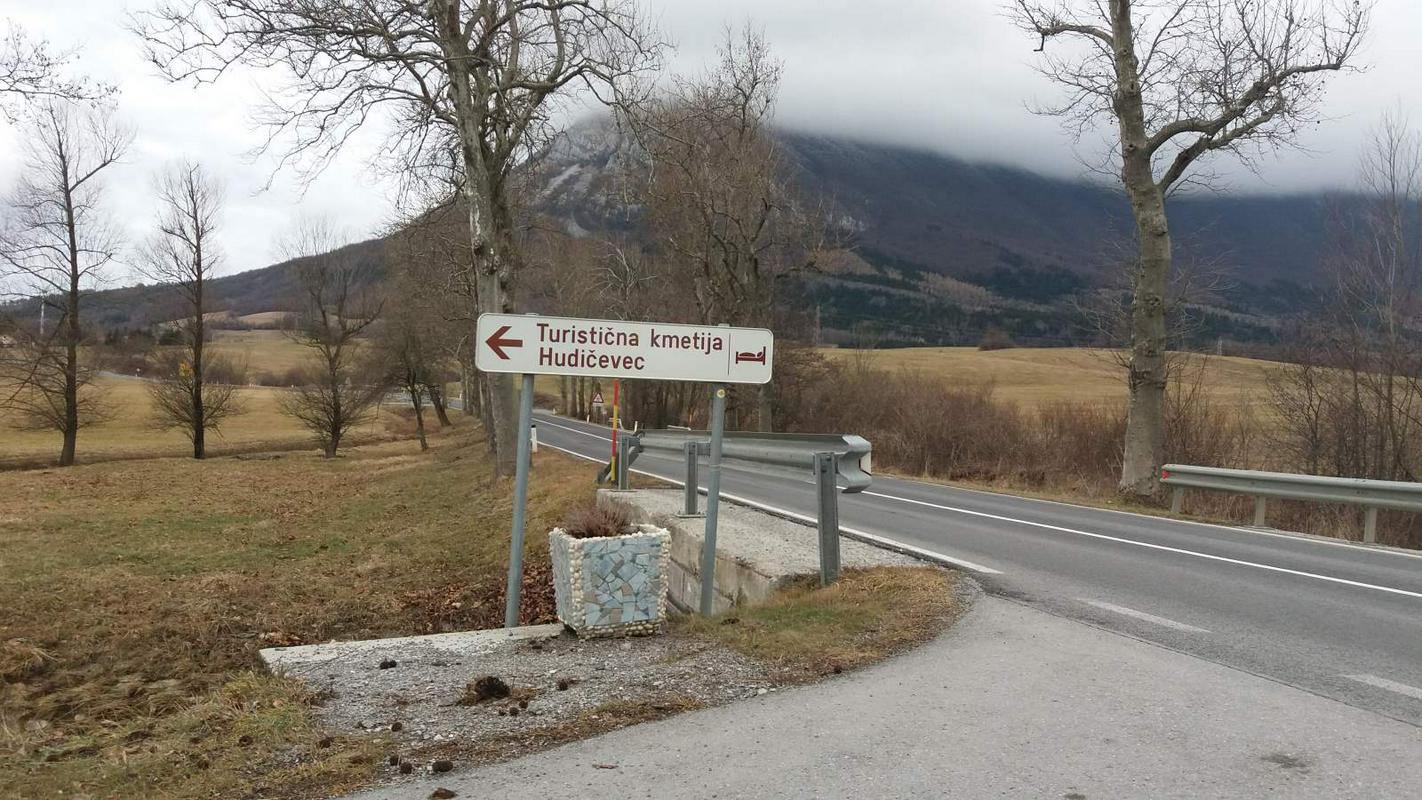

Those travelling on the highway can't miss it either. When the first snow falls, a lot of people from the coastal region drive there for sledding, and a warm meal, but the farm offers a lot more in all the seasons. There is also a museum brimming with hundreds of artefacts of farming and craft tools and other items, witness of the history, into which the Simčič family has been investing since the very beginning. The heads of the family are Pavla and Janko Simčič. Their five children gave them 22 grandchildren, and 17 great-grandchildren, and they that at the Hudičevec farm they don't know the meaning of the word 'boredom'.
"When we get together, we can fill a small village by ourselves," the oldest of the family Janko Simčič claims, and continues: "One must always want to move forward must be always present – in that case there is nothing to fear. No effort is required for bad things to happen, while good things require effort."
Lately the youngest son Emilijan is investing his effort into the Hudičevec farm, aided by his wife Katja and ten children. "It would be nice if one of the children remained at the farm. At least one. There is a lot of work, and often the sheer size of our family has often saved us. There is always a lot of work with the visitors who come from all over Slovenia, and from all parts of the world – especially if you want to create the authentic feeling of homeliness. You must dedicate your time to the guests, explain things to them, be attentive and always present," Katja explains. Both Katja and her husband are constantly aware of the heritage which was handed to them to manage.
Father Janko and mother Pavla, both over 90, have recently slightly withdrawn, but still actively participate at daily tasks. They pay a lot of attention to the large vegetable garden, they like to dedicate their time to the guests, and especially to their grandchildren and great-grandchildren; they have always enjoyed babysitting. In spite of poverty their children always took the first place. Pavla recalls: "When our oldest son Janko started school, we had no money. We wanted to buy him a notebook, but his grandfather refused to give us he money. My sister used to go shopping, and whenever she brought home a paper bag, I saved it, and in the end I ironed the paper and made a notebook for my son."
Pavla's great pride is the bee house; it has been standing in the vicinity of the house for as long as she remembers. The old house has been built in 1680, next to it there is the stable. There used to be a mill as well, but they had to close it in the 50s of the previous century, as the taxes were already too high.
All the time they are making sure the national cultural heritage is being preserved. They started collecting, and saved from ruin a number of old agricultural and artisan tools and other interesting pieces, and today they can proudly show their collection to domestic and foreign tourists. Pavla's dress from the concentration camp is exhibited in the museum as well. Pavla was born as the fourth of the nine girls at the modest homestead below the Uršlja gora mountain in the Carinthia region. During the Second World War, when she was 17, she was taken by the Germans to a concentration camp, together with her father and three sisters.
She still remembers that time, as it was extremely painful, but her inner strength allowed it to share it with the others, as last year she participated at the exhibition prepared by the student Ines Pahor, which was chosen by the people of the Primorska region as the Personality of the Primorska region in February.
In the 16th century the area of today's Hudičevec farm was owned by the aristocratic Rossetti family, among a number of other estates. Already at that time the baron had built a summer residence with a spa, and later added a mill and a sawmill. According to written sources, Baron Rossetti donated the estate to the Razdrto church, which owned it until 1720, when it was purchased by one of the ancestors of the family.
A. K.
Translated by G.K.


































































